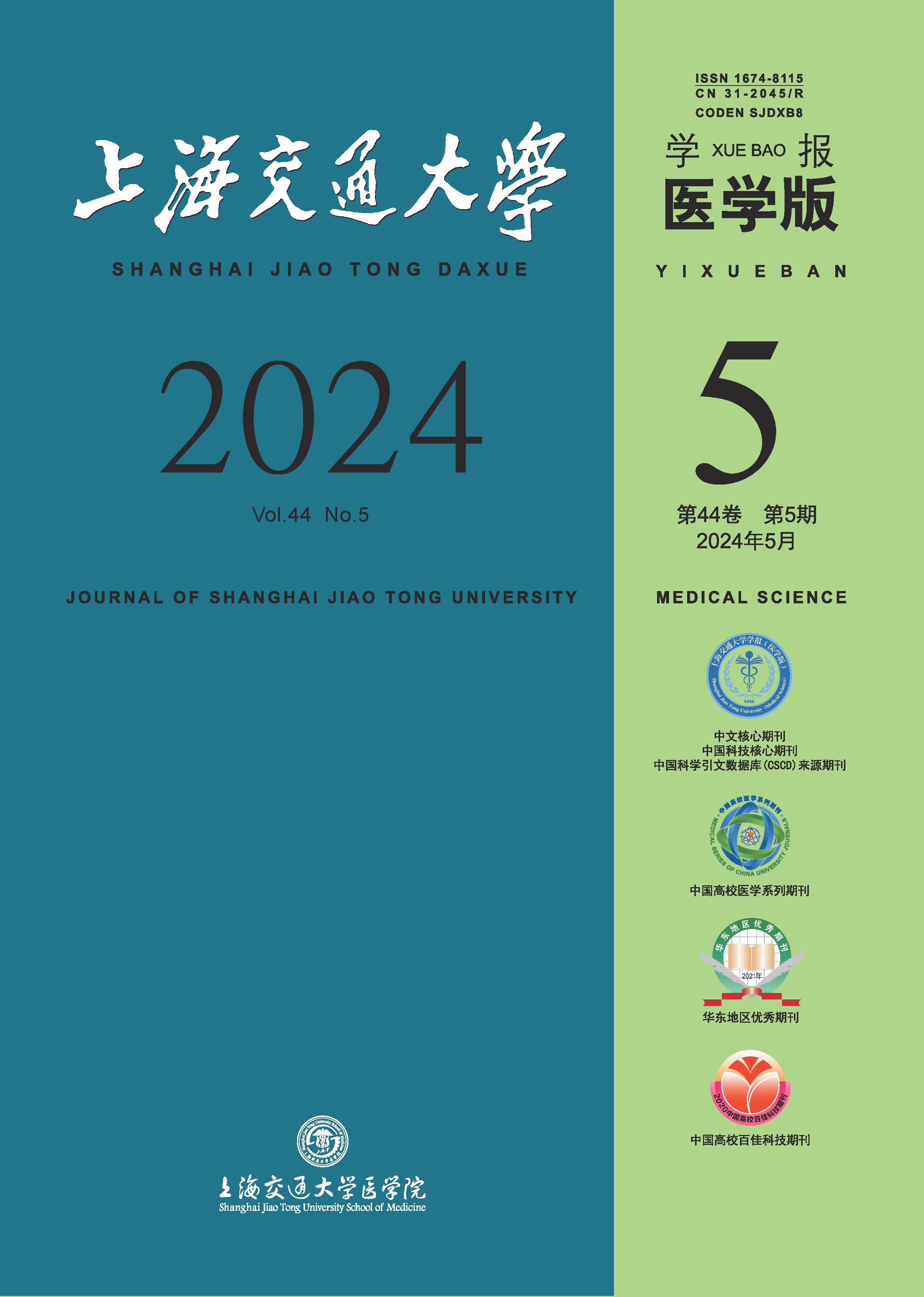Objective ·To analyze the epidemiological characteristics of risk factors for cardiovascular diseases and malignant tumors based on the Shanghai community elderly cohort. Methods ·The study subjects were selected from the Shanghai community elderly cohort established from February to August 2019, with a total of 17 948 people. The study subjects were divided into 4 groups according to self-reported presence or absence of tumors and/or cardiovascular diseases during the baseline survey: tumor-free and non-cardiovascular disease group, single cardiovascular disease group, single tumor group and tumor cardiovascular disease co-occurrence group. The differences among the four groups of subjects were collected and compared in terms of demographic characteristics and physiological indicators, daily living habits (smoking, drinking tea, drinking coffee, drinking carbonated drink, drinking alcohol, sedentary time, physical activity level and sleep quality), past medical history, psychological status (depression and anxiety) and dietary compliance. Results ·Among the study subjects, 60.1% of tumor patients were complicated with cardiovascular diseases. The differences among the four groups of subjects in age, gender, educational level, pre-retirement occupation, waist circumference, hip circumference and body mass index were statistically significant (all P<0.05). Compared with the tumor-free and non-cardiovascular disease group, the single cardiovascular disease group, single tumor group and tumor cardiovascular disease co-occurrence group all exhibited lower proportions of smoking and high physical activity levels (all P<0.05), and higher proportion of sedentary time exceeding 4 h/d and poor sleep quality (all P<0.05); the proportion of subjects with past medical histories including hyperlipidemia, peripheral vascular disease, endocrine system disease, respiratory system disease, urinary system disease and digestive system disease of the single cardiovascular disease group and the tumor cardiovascular disease co-occurrence group was higher (all P<0.05), and the proportion of subjects with depression and anxiety was also higher (all P<0.05). Furthermore, compared with the tumor-free and non-cardiovascular disease group, the single cardiovascular disease group had lower compliance rates of poultry, fish, fruit and liquid milk (all P<0.05). Among the four groups, only the compliance rate of vegetable intake exceeded 50%, while the compliance rates of poultry, fish, fruit, liquid milk and tubers were all below 20%. Conclusion ·In the elderly population of Shanghai communities, over half of malignant tumor patients are concomitant with cardiovascular diseases. Unhealthy daily habits are prevalent among those with cardiovascular diseases, tumors and tumor-cardiovascular disease co-occurrence. The intake of many foods in the elderly of the community do not reach the levels recommended by Chinese Dietary Guidelines.

